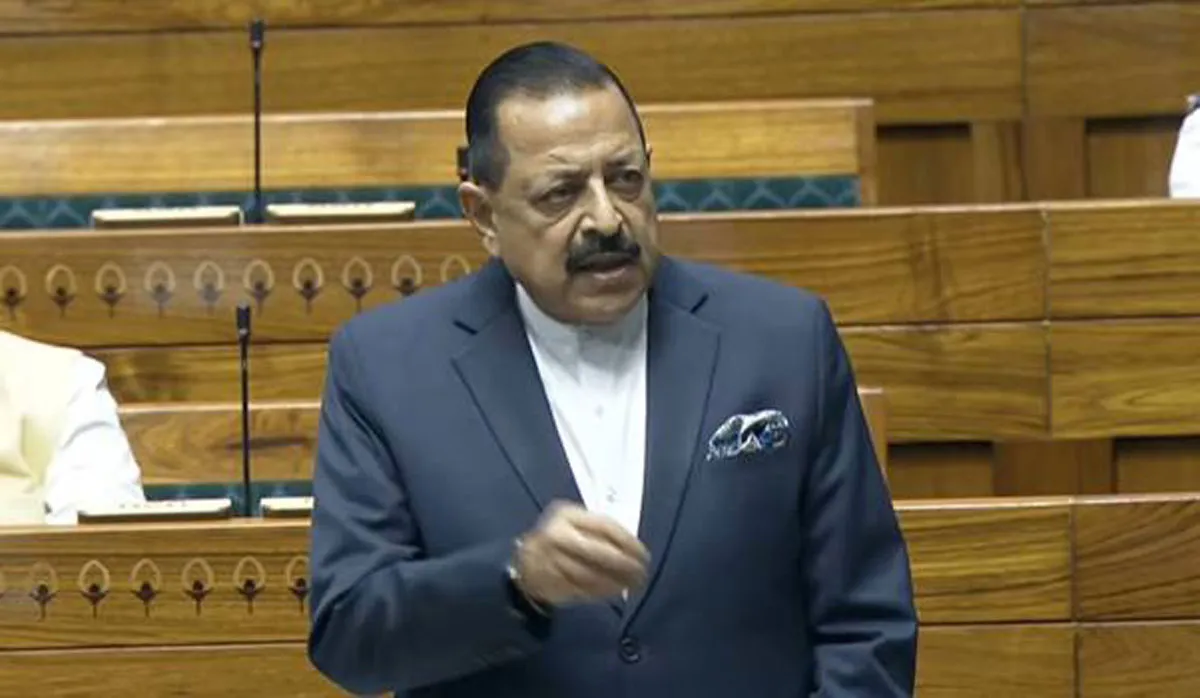Hon’ble Prime Minister Narendra Modi, while addressing the nation from the ramparts of Red Fort on August 15, 2019, set a target of turning India into a US$5 trillion economy by FY25. It is imperative to upgrade the existing and creating new infrastructure to lay the path for achieving the US$5 trillion economy. The success of the Make in India programme, making India the global manufacturing hub is dependent on not the availability but timely availability of the infrastructure.
National Infrastructure Pipeline
The National Infrastructure Pipeline (NIP) aims at investing over Rs.111 trillion into several infrastructure projects between 2019 and 2025 to drive economic growth. The NIP was constituted basis the inputs from several stakeholders such as ministries, departments, state governments, companies across infrastructure and its sub-sectors. Basis the inputs, a bottom-up approach was adopted which captured projects with cost of more than Rs.100 crore irrespective of its status under construction, proposed greenfield projects, brownfield projects as well as conceptualisation stage.
As per NIP, asset recycling and monetisation may finance around 5-6 per cent of the aggregate capex under NIP. Limited financial bandwidth with government pressing will need for economic stimuli, employment generation and utilisation of efficiencies of private sector.
Time and Cost Overrun
Time and cost overruns in infrastructure projects has been a legacy issue. The prime culprits for the delays include delay land acquisition, forest clearance, Right of Way (RoW)/Right of Use (RoU) issue, contractual issues and supply of equipment. Delays in receipt of clearances/approvals such as land/RoW/RoU and limited availability of funds often result into cost overrun.
PM Gati Shakti - Booster Dose For Infra Sector
To achieve the US$ 5 trillion economy, uncertainty with respect to the time required for getting all approvals, will have to be addressed. A major step in this direction is the Gati Shakti. Hon’ble Prime Minister Narendra Modi on October 13, 2021, launched the PM Gati Shakti Program. PM Gati Shakti Program is a digital program which is formed with intention to integrate the planning and a coordinated implementation of the infrastructure connectivity projects. This will address the past issues through institutionalizing holistic planning for stakeholders for major infrastructure projects.
Erstwhile for each approval, one had to approach each department, authority, ministry, separately. Each project was looked independently and lack the foresight of potential altercations/modifications that may be required for development of multi-modal connectivity. This resulted in time overrun, multi-fold increase in cost of the project thereby making the project less attractive.
The PM Gati Shakti Program is a step to address all such hinderances. PM Gati Shakti Program, a digital
platform, facilitates integrated planning and coordinated implementation. Gati Shakti aims to lend more speed (Gati) and power (Shakti) to projects by connecting all concerned departments on one platform and track real time progress of the projects. In the words of Hon’ble Prime Minister Shri Narendra Modi “Infrastructure planning, implementation and monitoring will get a new direction from PM Gati Shakti. This will also bring down the time and cost overrun of the projects.”
Based on six pillars of comprehensiveness, optimization, synchronisations, analytic and dynamic, the program is vital for India’s vision of US$ 5 trillion economy by 2025. The program plays a critical role in not only improving the standing of India in ease of doing business but is also an important step to break the perception of the bureaucratic way of doing business in India.
The PM Gati Shakti Program plans to provide assistance in developing 11 industrial corridors, two defence corridors in Tamil Nadu and UP. Coverage of all villages with 4G network, expansion of national highways network up to 2 lakh kilometres, building 220 new airports, helicopters and water aerodromes, 17,000 km of new gas pipeline are some of the targets set under the plan.
Finance & Infrastructure
While the PM Gati Shakti Program has addressed most of the major challenges involved in pre-construction phase, one critical aspect remains, funding for the projects. In India, the infrastructure financing landscape is dominated by bank lending. However, due to declining asset quality in infrastructure sector, the exposure to infrastructure sector in last two years has grown at a pace slower than the over growth rate of the bank credit. The CAGR of bank credit, in last four years, to infrastructure sector is ~8 per cent compared to the overall bank credit growth of ~11 per cent.
The long gestation period of infrastructure projects shall be funded by the institutions for project financing at the pre-commissioning stage, usually banks/Development Finance Institution (DFIs). Post commissioning, the project loan may be refinanced using instruments such as long-term bonds. This will result in releasing the bandwidth of the banks/DFIs and enable them to deploy the funds in new projects. Such model will allow banks to address their ALMs better and other creditors such as bondholders shall get exposure to quality long-term assets with stable cashflows. A similar solution has also been suggested by the Task Force for NIP in their report dated April 29, 2020.
PM Gati Shakti & Financial Intermediaries
The PM Gati Shakti Program provides a platform for planning of all infrastructure centric projects under NIP by breaking the inter-ministerial silos. The geo mapping of projects under the program shall aid all the stakeholders to track the progress of projects on near real time basis. The live progress will ensure timely support and interventions in seamless execution of projects minimizing the most common risks of time and cost overruns.
Currently, access to such live database is not available to banks and financial institutions. Allowing access of such geographic information system (GIS) enabled digital platform, would allow live tracking of the projects. Such active project monitoring would facilitate corrective actions in case of unforeseen delays thereby leading to reduced risk of timeline delays and hence keeping cost in control.
Presence of project under NIP and PM Gati Shakti Program will substantially boost the confidence of investors. It may attract participation from the private banks / investors thereby freeing up the bandwidth of the Public Sector Banks and DFIs.
The PM Gati Shakti Program will boost economic growth, attract foreign investments, enhance the country’s global competitiveness and deliver world class assets. This will enable smooth transportation of goods, people and services and creating employment opportunities thereby reaching the target of US$ 5 trillion economy.
By: Amitava Chatterjee, Managing Director & CEO, SBI Capital Markets Limited





















